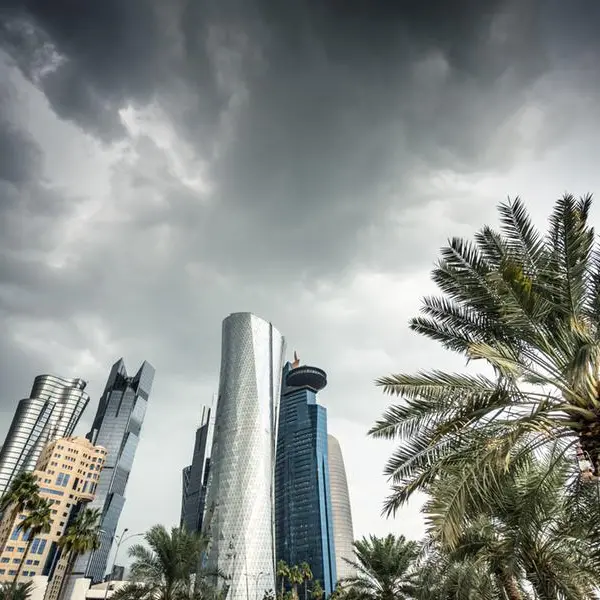It was in the 1930s when the Maine Farmer's Almanac began publishing American Indian Moon names for the months of the year. According to this almanac, the full moon in April is called the Pink Moon, named after the herb moss pink, a plant which is native to the eastern United States and is one of the earliest widespread flowers of spring.
But there are many other names for this full moon too, including the Sprouting Grass Moon, the Egg Moon and, among coastal tribes of North America, the Fish Moon.
The term ‘supermoon’ was coined by astrologer Richard Nolle in 1979 and refers to either a new or full moon that occurs when the moon is within 90 per cent of perigee, its closest approach to earth. “Since we can't see a new moon (except when it passes in front of the sun), what has caught the public's attention in recent decades are full supermoons, as these are the biggest and brightest full moons for the year,” says Nasa on its website.
The two full moons of this year are virtually tied, with the full moon on May 27 this year slightly closer to the earth than the full moon on April 27 — but only by about 157 kilometres, or about 0.04 per cent of the distance from the earth to the moon at perigee.
In many traditional lunisolar calendars, the months change with the new moon and full moons fall in the middle of the lunar months. In the Islamic calendar, the months start with the first sighting of the waxing crescent moon shortly after the new moon. This full moon is near the middle of the holy month of Ramadan.
For Hindus, today’s full moon marks Hanuman Jayanti, the celebration of the birth of deity Hanuman, celebrated in most areas on the full Moon day of the Hindu lunar month of Chaitra. For Buddhists, especially in Sri Lanka, this full moon corresponds with Bak Poya, commemorating when the Buddha visited Sri Lanka and settled a dispute between chiefs, avoiding a war.
Pink supermoons are a visual treat for stargazers. You can either just look up in the sky to view or head to Al Thuraya Astronomy Centre at Mushrif Park later tonight to look at this celestial spectacle through one of the largest telescopes in the region that has a one-metre diameter mirror.
Copyright © 2021 Khaleej Times. All Rights Reserved. Provided by SyndiGate Media Inc. (Syndigate.info).






















